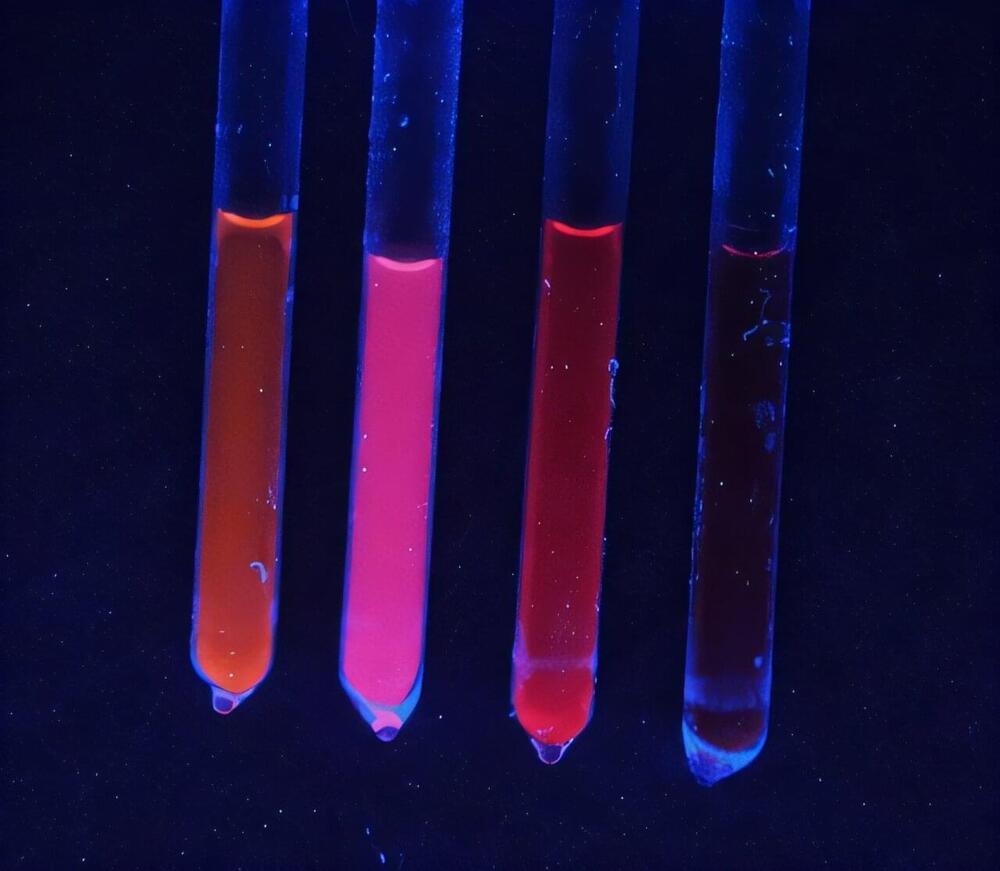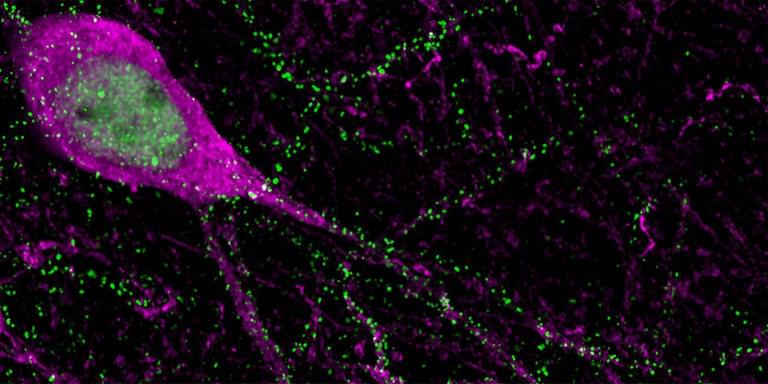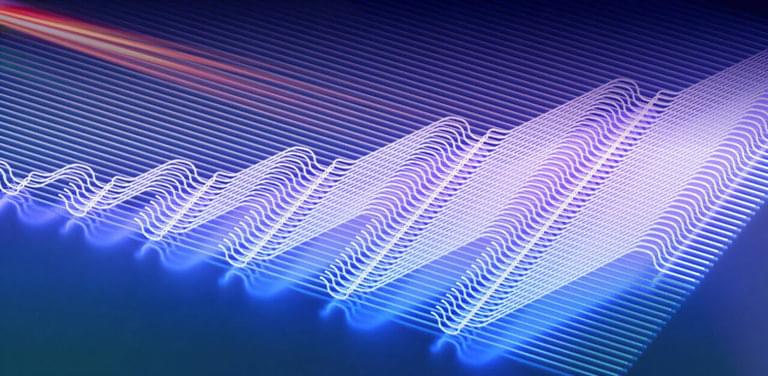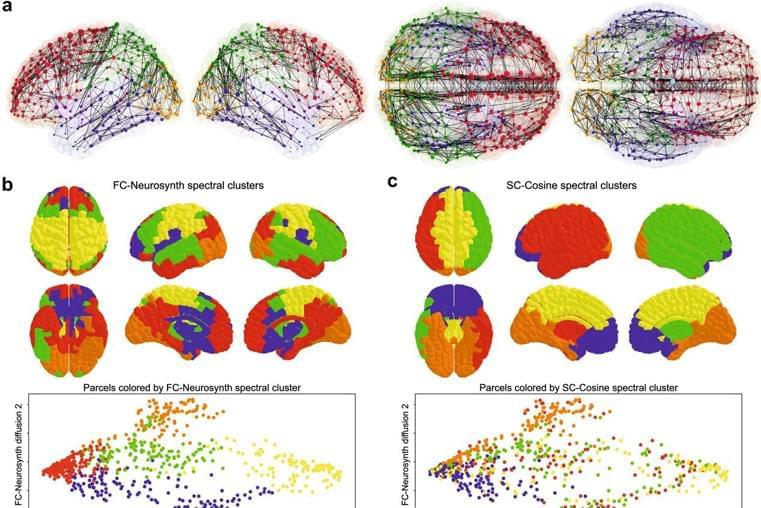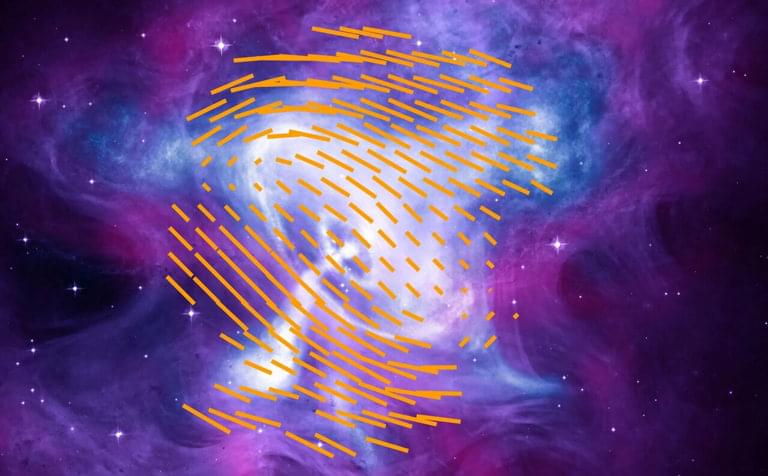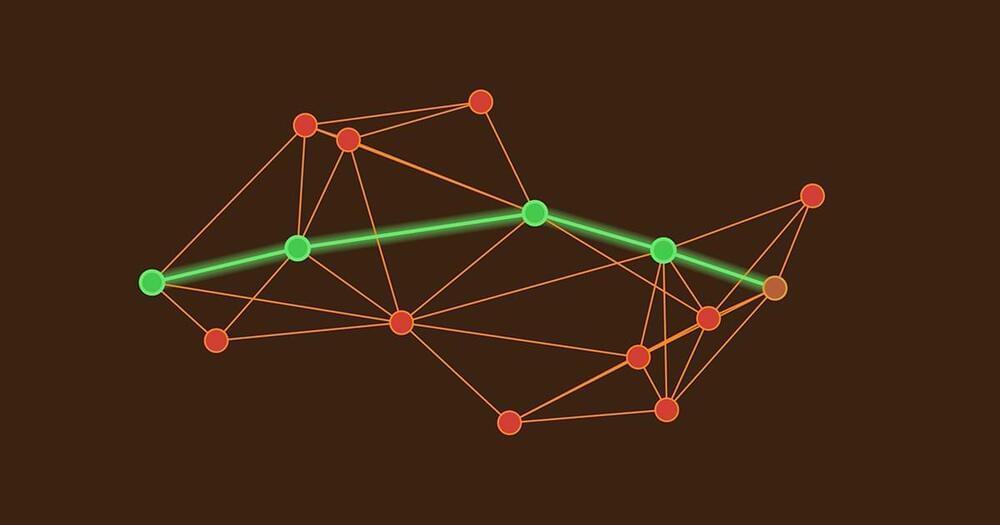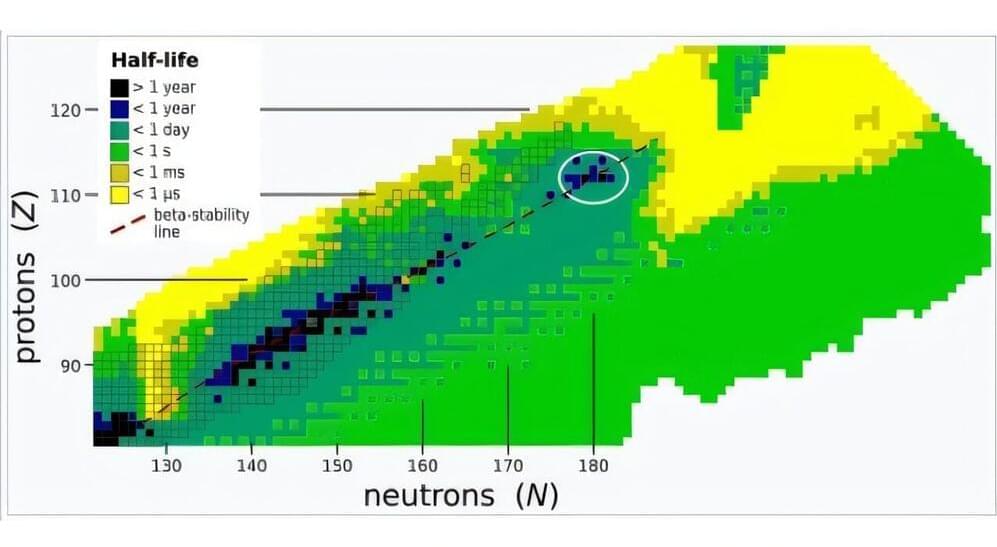Oct 27, 2024
Cracking the code: Researchers unlock a ‘new synthetic frontier’ for quantum dots
Posted by Saúl Morales Rodriguéz in categories: biotech/medical, quantum physics, solar power
The type of semiconductive nanocrystals known as quantum dots are both expanding the forefront of pure science and also hard at work in practical applications including lasers, quantum QLED televisions and displays, solar cells, medical devices, and other electronics.
